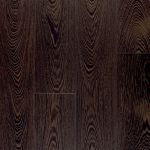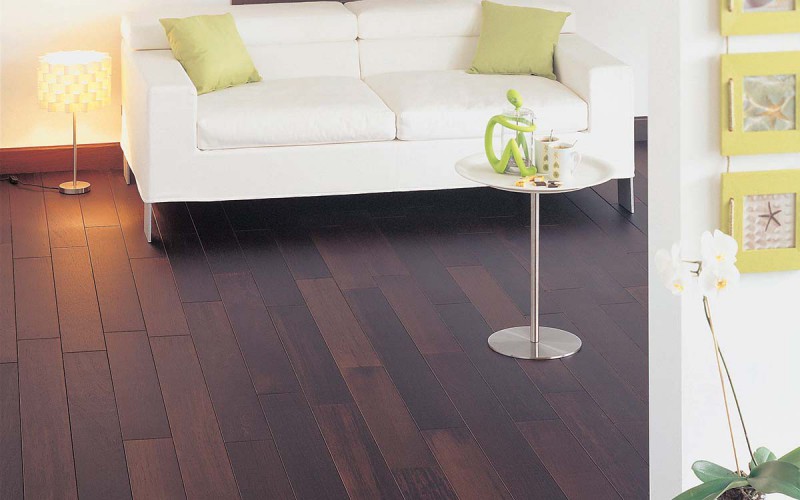









Wenge
 Scientific Name:
Scientific Name:
Millettia spp.:
Millettia laurentii(wenge)
Millettia stuhlmannii(panga-panga)
Other Names and Species:
Awong
Mpande
Panga-panga
African Rosewood
Congolese Rosewood
Faux Ebony
Dikela
Mibotu
Bokonge
Awong
Origin:
Wenge is the product of the Millettia laurentii tree. Native to the Republic of Congo, the Democratic Republic of Congo, Cameroon, Gabon, and Equatorial Guinea.
Wenge is a tropical timber, very dark in colour with a distinctive figure and a strong partridge wood pattern. The wood is heavy and hard, suitable for flooring and staircases.
When freshly cut, the heartwood of wenge (millettia laurentii) is a yellow-brown colour, but then in a few months it darkens to a deep, uniform brown, almost black, with alternate layers of light and dark tissue, forming a decorative figure. So it is important to buy well-aged wood before laying the floor. Clearly demarcated from the heartwood is the yellowish-white sapwood. This coarse-textured wood has a straight grain. A related species from East Africa, panga-panga (millettia stuhlmannii) has similar graining but does not darken as much as wenge. One of the best known of the exotic dark woods, wenge is used primarily where a bold dark colour or contrasting light and dark accent strips are desired.
Wenge is very hard, heavy, and durable, with an excellent dimensional stability. Actual installations may show significant movement in use, however.
Wenge’s hardness is 1630. Wenge makes for a hard and durable wood floor. It is nearly twenty-six per cent harder than red oak, is just under twenty per cent harder than white oak, about twelve per cent harder than hard maple, and is roughly eighty-nine per cent the hardness of either hickory or pecan.
Because of its hardness, wenge is difficult to cut and machine. Carbide tooling is recommended due to rapid dulling of tools and cutting edges. These wood sands well and have good holding ability, because of its hardness. However, pre-boring nail holes is recommended. Some solvent-based stains do not dry well when applied to this wood.
Because of its great resistance to abrasion, wenge is very suitable for flooring that will receive high use and traffic. It is principally used for parquet and strip flooring, general construction, joinery, and for specialty items. It can be substituted for hickory in decorative veneers and in sporting goods.
Wenge wood is popular in Marquetry & Wood working, due to its dimensional stability and colour contrast when mixed with lighter timbers (such as maple). This makes it especially sought after in the manufacture of high-end Wood Flooring.




